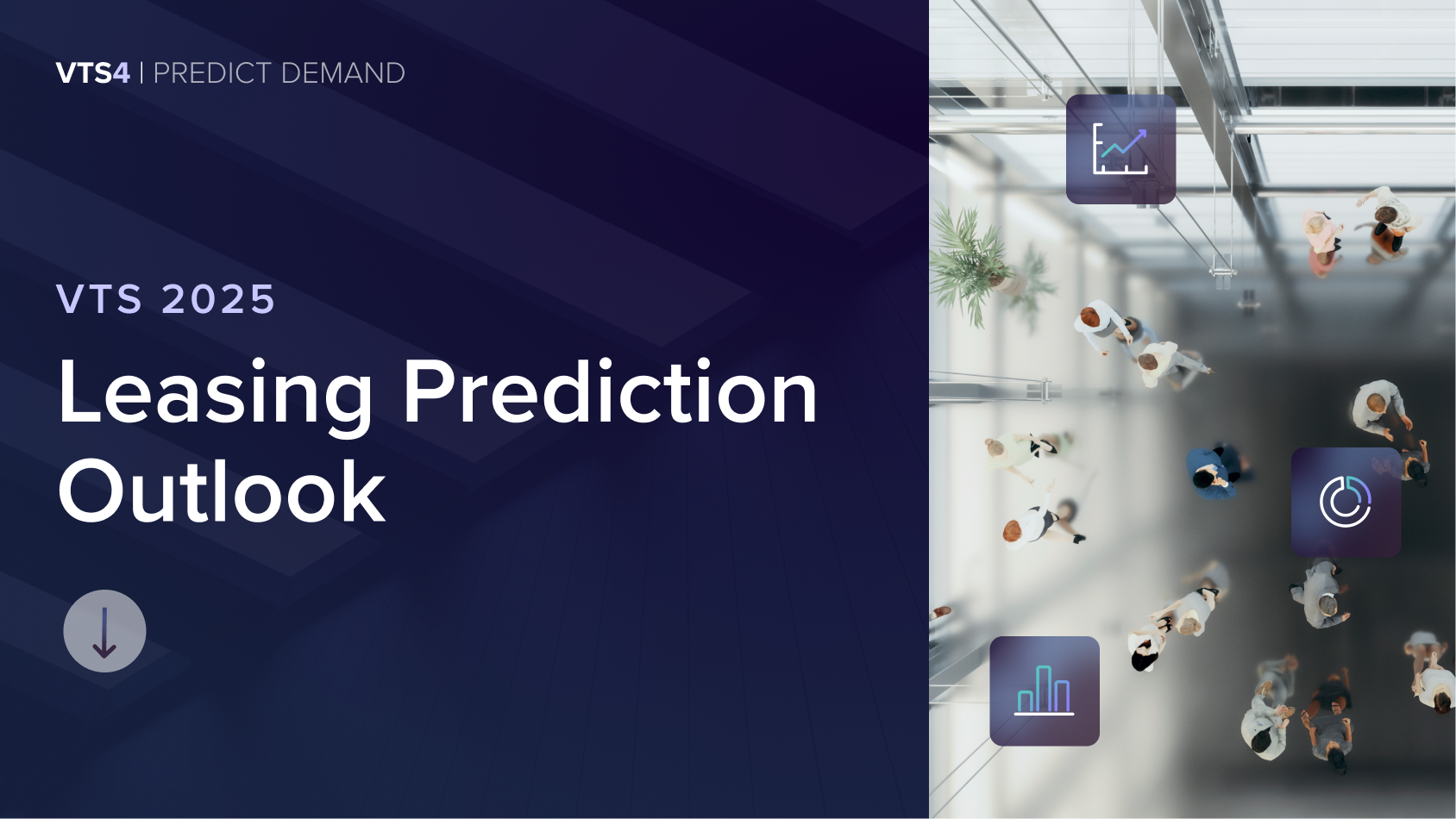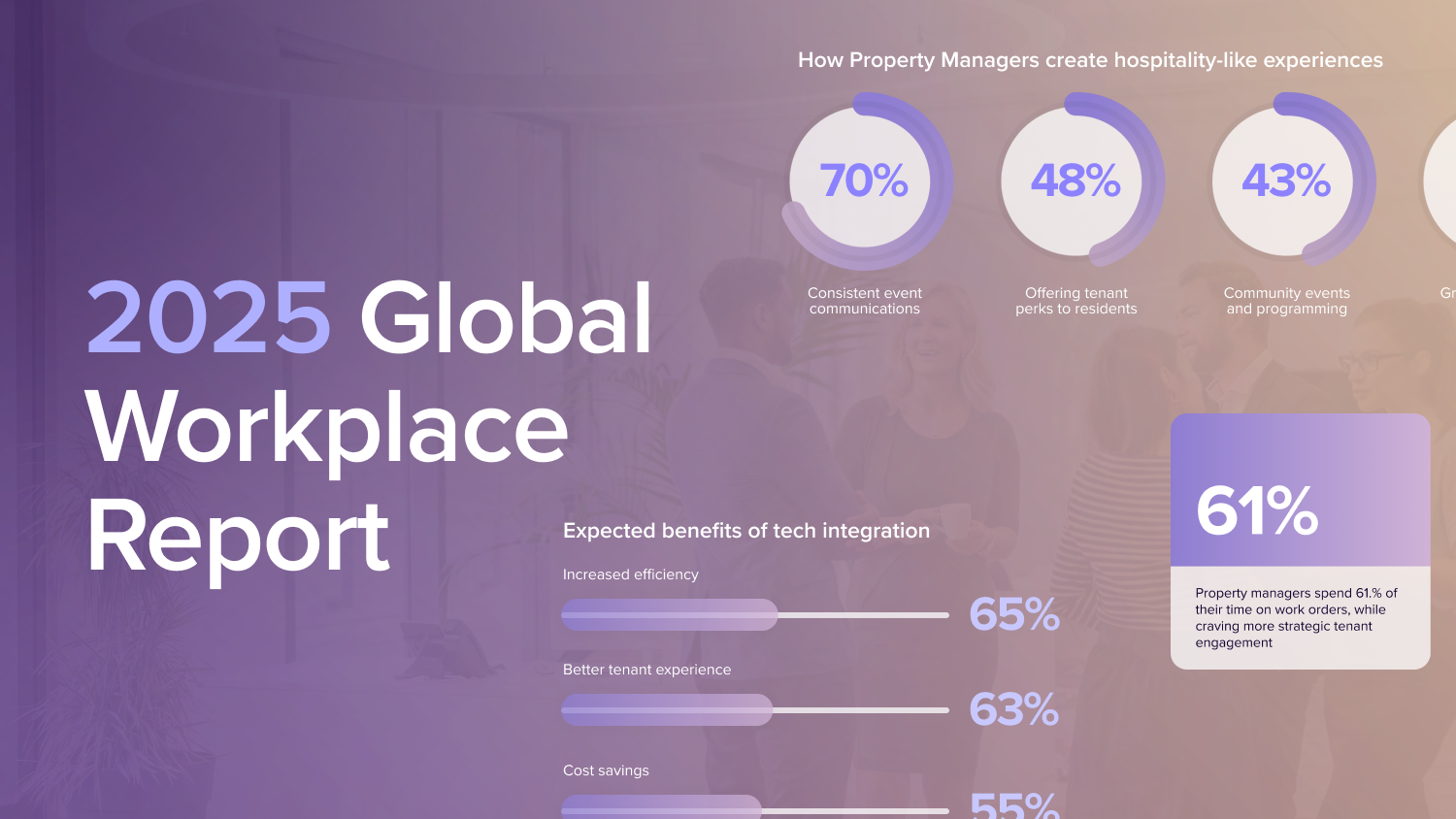At this year’s RETCON in New York City, the country’s top owners, operators, developers, investors, PropTech startups, and technology and service providers came together to discuss changes impacting the industry and trends leaders have identified for 2024 and beyond. We all know the real estate industry is at a difficult yet pivotal point. Technology is a driving force in real estate like never before, with continued growth in data, AI, customer retention, ESG, and more. The future belongs to those who best utilize technology and innovation to make their businesses and teams successful.
Harnessing Clean Data for the Future of AI
With the recent media frenzy around AI, it may seem like a buzzword, but there are many reasons to seriously discuss the future of this technology. We heard from industry experts about how companies utilize AI today and the importance of clean data.
Some companies in CRE are adopting generative AI solutions. As Yao Morin, JLL's Chief Technology Officer, put it, “We already have generative AI and classic tools like JLL GBT, which is trained on data and used by our 100,000 JLL employees. It helps with email communications, analysis, and more. If you get the right technology that’s useful, you’ll see wildflower adoption.”
In a similar breath, Luke Petherbridge, the CEO of Link Logistic, stated during the session, “We’re already using AI for accounting and cognitive insights. We have a data science team to predict rents." He further explained, "The first thing everyone will focus on with AI is efficiency. Moving into the area of predictive models within your own asset classes—that will be the opportunity and where the real value is.”
Companies are navigating how to convince people in traditional real estate about the importance of AI. Nick Romito, CEO of VTS, quoted Tal Kerret, the President of Silverstein Properties, from an earlier panel, who stated, “Google was the thirteenth search company to launch.” Nick went on to explain, “VTS wasn’t the first to do what we do. We were the fourth or fifth, but the others didn’t get it right. At the time, I went door to door convincing people who were using spreadsheets to keep track of everything. It’s difficult trying to convince people who make a lot of money that they’ll make even more with great efficiency. You have to start incrementally and get them to believe in your technology by solving meaningful pain points and then build from there. With every win you get, you gain more trust.”
Prioritizing Tenant Retention
Finding innovative ways to connect tenants has never been more pivotal. Companies need to be thoughtful and strategic about the kind of technology they build and bring to market for customers and prospects. Ensuring the solutions are well vetted, right for the industry, and coming online at the right time to ensure the highest adoption.
As Nick Romito stated, “VTS acquired two companies in 2021 that focused on tenant experience—Rise and Lane. The app we wanted was in the middle of the two, and we launched that product, Activate, last May. Tenant retention is at a critical point. We know you can’t renovate all your buildings. However, you can improve the experience and make it feel more like a campus environment instead of a disjointed experience with multiple apps for building entrances, desk bookings, communications, and more. Our strategy is to make a more cohesive experience and expand the workplace. Tenants might rent 5,000 square feet, but they can access 5 million when you connect the entire portfolio.”
Across the board, tenants and residents want a frictionless experience, which comes to the forefront when lease renewals are on the horizon. Tenants want a seamless, easy-to-use experience. As Luke Petherbridge put it, “People are used to Uber Eats and DoorDash where everything is seamless. You need to offer a connected data platform and make the customer feel like they're the center of your business.”
Cynthia Fisher, President of KETTLER, discussed the multifamily side and how teams want to utilize technology to improve the speed of making decisions, getting units on the market, and handling renewals. That way, “the team on-site can focus on sales and high-touch functionalities and information to operate the building, which is better for performance overall.”
As for the difference between tenant retention and AI for tenant revenue, Nick Romito stated, “You need to start looking at your portfolio as a platform. Office, multifamily, and retail were separate businesses historically. Currently, it doesn't work that way, and the setup lacks connectivity. If you want to book a workspace for the day or dinner at a nearby mall or retailer, AI should understand where you are and serve you things in your connected network.”
The Near Future of ESG
ESG continues to be a topic of conversation with trailblazing developments in Europe. Industry leaders are grappling with how to convince people about what matters day-to-day and how to move past conversation into action.
According to Yao Morin, “in the next five years, we’ll have 3x as much demand globally for carbon-reduced office space compared to the supply. Two-thirds of Fortune 500 companies have carbon reduction goals. We can use technology to be more efficient and green and go where the market goes.”
We can’t deny the inevitable costs associated with ESG. Cynthia Fisher said, “The issue with ESG is how large and expensive it is. Lenders and investors are looking for it, but it’s like an octopus—it gets bigger and bigger. Regulation is great, but a commitment to put the cost and time into it takes leadership from the top down. Residents care about the space they’re living in and are looking for a wellness factor that can connect to ESG.”
As Nick Romito stated, “We know where the market is. Every cost for an asset is being scrutinized. People are thinking more short term, and ESG will take a back seat unless it's regulated in the U.S. like in Europe.”
Luke Petherbridge believes, “In the next five years, automation will be prevalent, and it needs power. Providing sustainable power will be key. The biggest challenge is the amount of power being absorbed by AI. In the long term, the benefit will impact other parts of the economy, which will offset with more efficiencies.”
Data, Technology, and the Necessary Buy-in
The first step to integrate technology is getting aligned on the solution to a problem and making a purchasing decision. The second step is convincing people to actually use the solution they bought. Getting companies to prioritize data and gain general buy-in about the importance of data and technology is vital for adoption. As Luke Petherbridge stated, “You need senior leaders at the company to say that data is important, and you need the mindset from the CEO down.” Nick Romito echoed the sentiment and stated, “We have customers across assets, and the buy-in has to be from the top down.”
Cynthia Fisher highlighted, “It’s important for teams to understand that technology is improving what they’re doing and not taking jobs away. It can help with investment decisions and new opportunities. It’s vital to have people, processes, and technology. If you don’t have that, adoption falls apart.”
Looking Ahead
Companies are adapting and finding creative ways to leverage technology. Data, and more importantly, the ability to leverage clean data, will continue to be something that separates the winners and losers.Adopting cutting-edge technology for today that scales for tomorrow is critical to drive business innovation and the success of teams. Learn more aboutVTS Activate; one configurable platform to improve tenant experience, connect your portfolio and spaces, and get insights to make better decisions.






